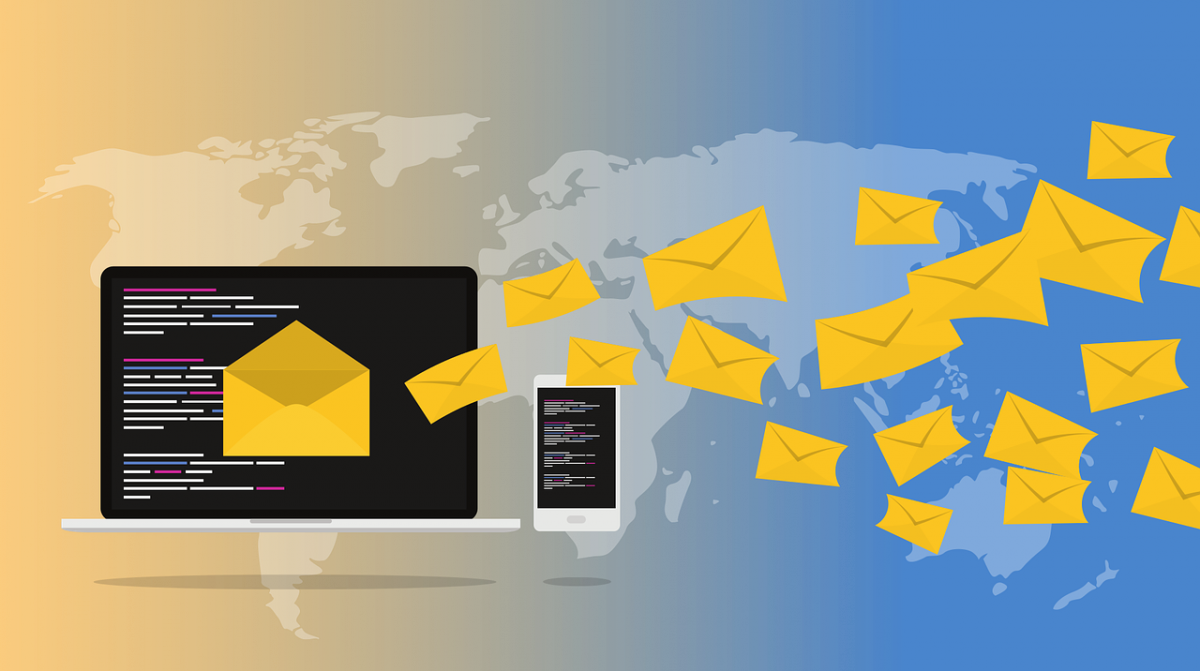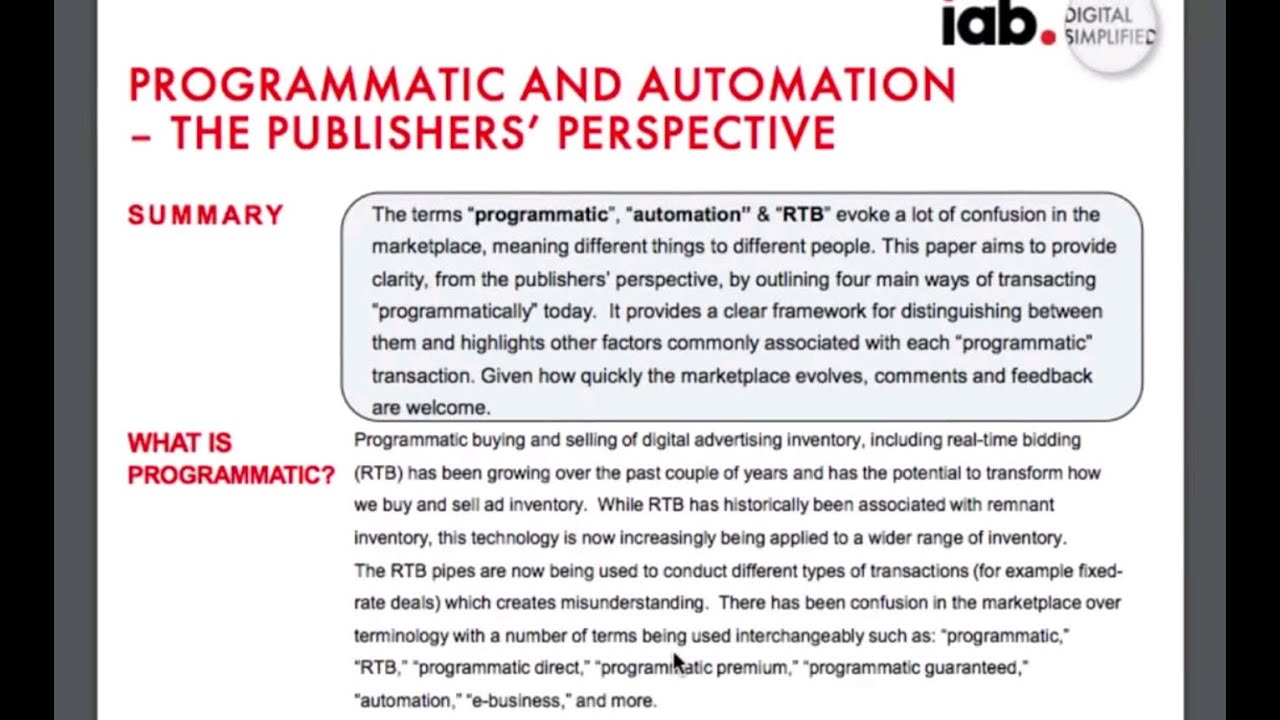Programmatic advertising and direct buying service are two distinct approaches to online advertising that have revolutionized the industry. Programmatic advertising refers to the use of automated technology to buy and sell digital advertising space, while direct buying service involves a more traditional approach of directly purchasing ad space from publishers. Understanding the differences between these two methods is crucial for companies looking to optimize their advertising campaigns.
In recent years, programmatic advertising has gained significant traction and has become the preferred choice for many advertisers. In fact, according to eMarketer, programmatic ad spending is projected to reach $79.48 billion in 2021, accounting for over 85% of total digital display ad spending. This shows the tremendous growth and potential of programmatic advertising.
One of the key advantages of programmatic advertising is its efficiency and effectiveness. With programmatic platforms, advertisers can reach their target audience in real-time, across multiple devices and channels. This means that ads can be delivered to the right person, at the right time, and in the right context – greatly enhancing the chances of conversion. In addition, programmatic advertising allows for audience targeting based on factors such as demographics, behavior, and interests, allowing advertisers to tailor their message for maximum impact.
On the other hand, direct buying service still holds its ground in the advertising industry. Many advertisers prefer direct buying service for its transparency and control. Direct buying service gives advertisers direct access to premium inventory, allowing them to negotiate pricing and placement with publishers. This can be particularly beneficial for brands that have specific requirements or want to align their ads with certain content or contexts. Direct buying service offers advertisers more visibility and control over their ad placements, ensuring that their brand is presented in the best light.
However, one of the challenges with direct buying service is the lack of scalability. Unlike programmatic advertising, which uses automation to streamline the buying process, direct buying service requires manual negotiation and setup for each individual campaign. This can be time-consuming and may limit the reach of an advertising campaign. Furthermore, direct buying service may not provide the same level of audience targeting and optimization capabilities as programmatic advertising, which heavily relies on data and algorithms to maximize campaign performance.
In conclusion, programmatic advertising and direct buying service offer different advantages and considerations for advertisers. Programmatic advertising provides efficiency, scalability, and advanced targeting capabilities, making it a popular choice for many advertisers. On the other hand, direct buying service offers transparency, control, and the ability to access premium inventory. Ultimately, the choice between programmatic advertising and direct buying service depends on the specific goals, requirements, and budget of the advertiser.
Table of Contents
- Key Takeaways: Programmatic Advertising Vs Direct Buying Service
- Programmatic Advertising Vs Direct Buying Service FAQ
- FAQs
- 1. What is programmatic advertising?
- 2. How does programmatic advertising work?
- 3. What are the benefits of programmatic advertising?
- 4. What is direct buying service?
- 5. What are the advantages of direct buying service?
- 6. Which one is more cost-effective, programmatic advertising or direct buying service?
- 7. Can programmatic advertising guarantee ad viewability?
- 8. Does direct buying service offer better ad placement control?
- 9. Is programmatic advertising suitable for all types of campaigns?
- 10. Does direct buying service limit targeting capabilities?
- 11. Can programmatic advertising deliver personalized ads?
- 12. Does direct buying service guarantee exclusivity?
- 13. Is programmatic advertising more time-efficient than direct buying service?
- 14. Can programmatic advertising reach niche audiences?
- 15. Can direct buying service provide better campaign transparency?
- Conclusion
Key Takeaways: Programmatic Advertising Vs Direct Buying Service
- Programmatic advertising uses automated processes and algorithms to purchase ad inventory, while direct buying service involves direct negotiation between advertisers and publishers.
- Programmatic advertising offers enhanced targeting capabilities, allowing advertisers to reach highly specific audiences based on demographics, interests, and behavior.
- Direct buying service provides advertisers with more control and transparency over ad placements, allowing them to handpick specific websites or placements for their ads.
- Programmatic advertising is more efficient and scalable, as it can handle large volumes of ad transactions in real-time, enabling advertisers to reach a wider audience.
- Direct buying service can be more costly and time-consuming, as it requires manual negotiation and direct communication with publishers to secure ad placements.
- Programmatic advertising offers real-time optimization and data-driven insights, allowing advertisers to quickly adjust and optimize their campaigns based on performance metrics.
- Direct buying service provides better brand safety and ad visibility, as advertisers have more control over where their ads appear, reducing the risk of ad fraud or appearing on inappropriate websites.
- Programmatic advertising allows for advanced ad formats such as video, native, and rich media ads, providing a more engaging and interactive experience for users.
- Direct buying service offers more customization and personalization options, allowing advertisers to create tailor-made ad campaigns that align with their brand guidelines and objectives.
- Programmatic advertising integrates with audience data and third-party platforms, allowing advertisers to leverage data insights to target and retarget specific customer segments.
- Direct buying service enables advertisers to build long-term relationships and partnerships with publishers, fostering greater collaboration and loyalty.
- Programmatic advertising can potentially face challenges such as ad fraud, ad viewability issues, and lack of transparency in the supply chain, requiring advertisers to implement proper monitoring and verification tools.
- Direct buying service requires advertisers to have a deep understanding of the advertising market, as they need to negotiate rates, placements, and ad formats directly with publishers.
- Programmatic advertising offers faster ad delivery and campaign launch, as the automated processes eliminate manual tasks and streamline the ad buying process.
- Direct buying service allows advertisers to build stronger brand awareness and associations with specific publishers, leveraging the publishers’ reputation and audience trust.
- Programmatic advertising is continuously evolving, with advancements in artificial intelligence, machine learning, and data analytics shaping the future of online advertising.
These key takeaways provide valuable insights into the differences and benefits of programmatic advertising versus direct buying service. Advertisers can determine which approach aligns best with their objectives, budget, and target audience, ultimately optimizing their online advertising efforts.
Programmatic Advertising Vs Direct Buying Service FAQ
FAQs
1. What is programmatic advertising?
Programmatic advertising is an automated method of buying and selling digital advertising space in real-time through platforms using various technologies and algorithms.
2. How does programmatic advertising work?
Programmatic advertising uses complex algorithms to analyze user data, behavior, and demographic information to serve relevant ads to specific individuals in real-time.
3. What are the benefits of programmatic advertising?
The benefits of programmatic advertising include improved targeting capabilities, increased efficiency, real-time optimization, and access to a wider range of inventory.
4. What is direct buying service?
Direct buying service involves purchasing ad placements directly from publishers or websites without using programmatic platforms or intermediaries.
5. What are the advantages of direct buying service?
The advantages of direct buying service include better control over ad placements, higher transparency, stronger relationships with publishers, and potential cost savings.
6. Which one is more cost-effective, programmatic advertising or direct buying service?
The cost-effectiveness of programmatic advertising versus direct buying service depends on various factors, such as campaign objectives, target audience, inventory availability, and negotiation skills.
7. Can programmatic advertising guarantee ad viewability?
Programmatic advertising alone cannot guarantee ad viewability. However, programmatic platforms often provide tools and technologies to optimize ad viewability and minimize fraudulent impressions.
8. Does direct buying service offer better ad placement control?
Yes, direct buying service offers better ad placement control as advertisers can negotiate specific ad positions and placements directly with publishers.
9. Is programmatic advertising suitable for all types of campaigns?
Programmatic advertising can be suitable for various types of campaigns, including brand awareness, lead generation, and performance-based marketing. It offers flexibility in targeting and optimization.
10. Does direct buying service limit targeting capabilities?
Direct buying service can limit targeting capabilities compared to programmatic advertising. Advertisers may have access to fewer targeting options as they are dependent on publishers’ available data.
11. Can programmatic advertising deliver personalized ads?
Yes, programmatic advertising can deliver personalized ads based on user data and targeting parameters set by advertisers. It allows for dynamic ad creative optimization.
12. Does direct buying service guarantee exclusivity?
Direct buying service can guarantee exclusivity in ad placements if negotiated with publishers. This can help advertisers stand out from competitors and reach specific audiences.
13. Is programmatic advertising more time-efficient than direct buying service?
Programmatic advertising is generally more time-efficient as it automates the ad buying process and reduces the need for manual negotiations. However, campaign setup and optimization still require time and expertise.
14. Can programmatic advertising reach niche audiences?
Yes, programmatic advertising can reach niche audiences by leveraging advanced targeting options, such as specific demographics, interests, behaviors, and location.
15. Can direct buying service provide better campaign transparency?
Yes, direct buying service can provide better campaign transparency as advertisers directly negotiate with publishers, have more control over placements, and can monitor performance closely.
Conclusion
In conclusion, the debate between programmatic advertising and direct buying service is a complex and multifaceted one. Both methods have their strengths and weaknesses, and it ultimately depends on the specific goals and objectives of the online advertising campaign.
Programmatic advertising offers the advantage of automation and real-time optimization. With the use of sophisticated algorithms and machine learning technologies, programmatic advertising allows advertisers to reach their desired audience with precision and efficiency. It enables access to a vast pool of ad inventory, providing marketers with the opportunity to target their audience on a granular level. Programmatic advertising also offers the advantage of data-driven insights, allowing advertisers to analyze and optimize campaigns in real-time, leading to better ROI and performance. However, programmatic advertising does come with challenges. Ad fraud and brand safety concerns are prevalent in the programmatic ecosystem, which can have a negative impact on the advertiser’s reputation. Transparency and control issues can also arise, as programmatic buying often involves working with intermediaries that may not fully disclose the sources of their inventory.
On the other hand, direct buying service offers a more traditional and direct approach to online advertising. It allows advertisers to have direct control over the ad placements and the negotiation of prices with publishers. This can provide a greater level of transparency and brand safety, as advertisers have more visibility into where their ads are being displayed. Direct buying service also allows for more customization and personalization of ad creatives and messaging, which can enhance the brand’s image and engagement. Additionally, direct buying service can be particularly beneficial for advertisers seeking premium and exclusive ad placements, such as on highly popular websites or during prime time slots. However, direct buying service does come with its own set of challenges. It can be time-consuming and resource-intensive, requiring manual negotiations and constant monitoring. The limited scale and reach of direct buying service can also be a limiting factor for advertisers looking to expand their reach and target new audiences.
Overall, the choice between programmatic advertising and direct buying service should not be seen as a mutually exclusive one. Instead, it is important for advertisers to consider the strengths and limitations of each method and find a balance that aligns with their specific goals and objectives. A hybrid approach that combines the strengths of both programmatic advertising and direct buying service can often be the most effective strategy. For example, advertisers can leverage programmatic buying for efficient and data-driven targeting while reserving direct buying for premium and exclusive placements, ensuring a holistic and integrated online advertising campaign. By understanding the unique advantages and challenges of each method and adapting their strategies accordingly, advertisers can maximize their ROI and achieve their online advertising objectives in an ever-evolving digital landscape.












